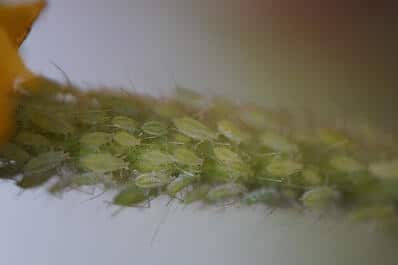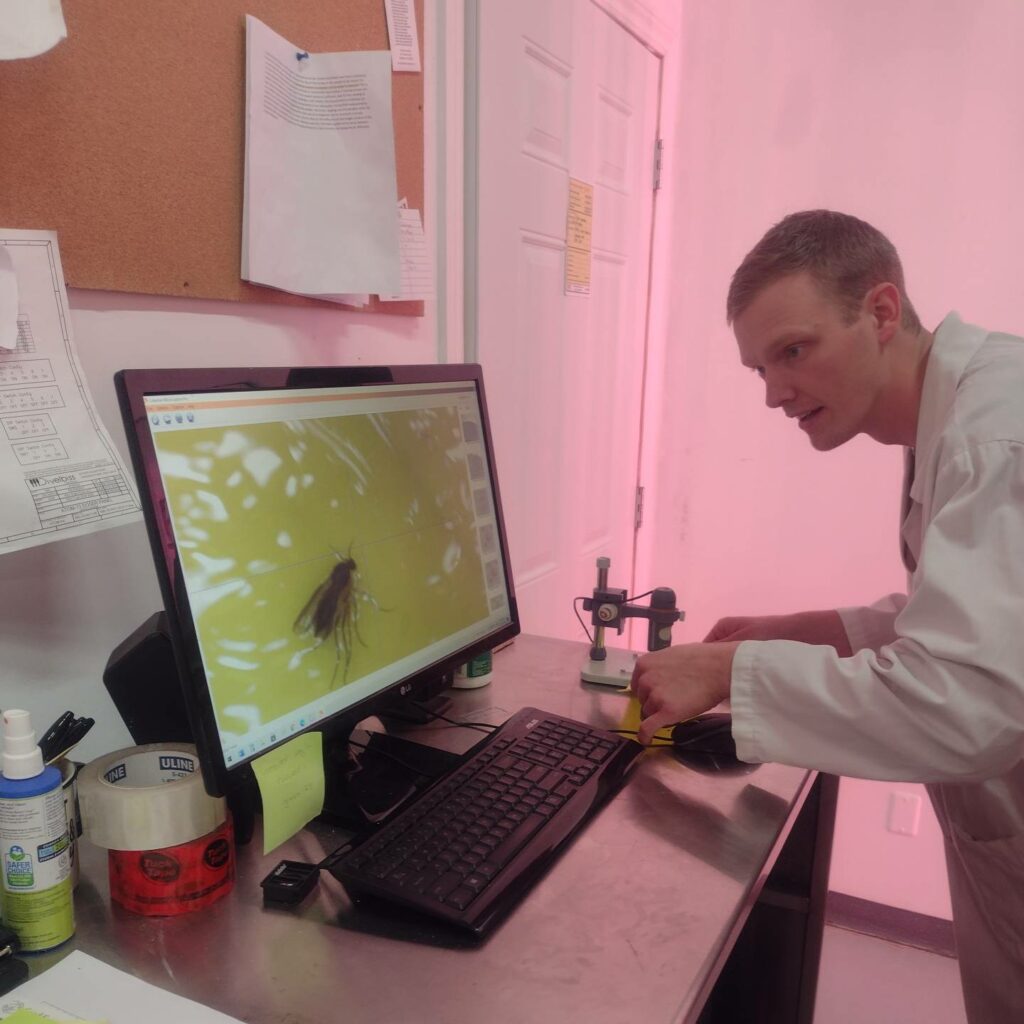Managing pests: integrated strategies for success
Say you have a pest problem. If you grow anything, even a few potted plants, you are sure to have pests… but is it a problem? How many bugs are too many? Another way to ask this question is, “What’s is my action threshold?
An “action threshold” refers to the point at which your pest population requires control. Usually the action threshold is marked by an “economic injury level”- the pest density at which your yield loss costs more than management costs.
The benefits of a IPM strategy
The trick to the most efficient pest management is something called IPM- Integrated Pest Management. In IPM, multiple methods can be combined to create a strong management system that fits YOUR specific needs. You can design an IPM approach based on your specific pest, your specific crops, and any other environmental factors that come into play.
What IPM can do for you
1) Protect Crops Against Damage
In another post about cultural controls We mentioned that exclusion is a helpful technique to use when managing a greenhouse. However, there is a limit to what exclusion can do. Too often, we see producers depending almost entirely on exclusion to solve their pest problems, then experiencing a boom in pest population that, un-managed, has the potential to significantly damage crops. Of course, this damage translates to financial damage pretty quickly when you can only use or sell a fraction of what you grow.
2) Protect Crop Aesthetics
This may sound like a trivial issue, but when you are trying to sell the produce you’ve grown, people tend to be unimpressed with buggy or damaged crops. Most of us are used to buying produce in the store that is unblemished and perfect. Even if you buy organic, pests have been controlled and the produce you buy is relatively mark-free.

If you’re going to be serious about selling your produce, you need to be thinking about the aesthetic appeal of your produce. And that means pest control.
3) Limit the Vectors of Plant Diseases and Pathogens
The top three insects that we deal with in our greenhouse- aphids, whiteflies, and thrips- are all common vectors (carriers) of plant diseases. Different insects carry a different range of diseases. For instance, aphids carry the greatest variety of plant diseases, while thrips only carry a few. (See more about insect vectors here.)
So now you know why you are participating in the war against pests. How are you going to win? By using IPM.
The 4 “Rules” of a successful IPM strategy:
1) Only spray when you need to.
Know when it is necessary to spray and when it is inefficient. (This is determined with your action threshold and your personal knowledge of what’s going on with your crops. You need to keep an eye on them.) Only spray when necessary! This will keep you from losing money on unnecessary sprays.
2) Know your system.
We’re talking about the biology of your pests and their enemies and way they interact with each other. Knowing pertinent facts will equip you to employ multiple controls as once.
4) Only combine different methods when they are compatible.
This means only if they do not change the effectiveness of other methods OR reduce the overall pest suppression.
Implementing the right IPM strategy
Devising a personal IPM approach is really a “mix and match” type of activity.
You first collect a lot of methods that you think you could use, and then you start puzzling them together until you have several that work well together. When you are finished you will have a system that suppresses and attacks pests on multiple fronts.
Having a variety of methods in place gives you a much more resilient control effort than if you use too few or too similar of methods.
First step: Collecting Methods.
So what methods are out there? Check out the resources below to explore the different methods at your disposal.
Starting a farm?
Check out Upstart University, the online training program to learning everything you need to become an Upstart Farmer. Courses made of videos, written content, quizzes, and assignments are designed to empower and equip you.







